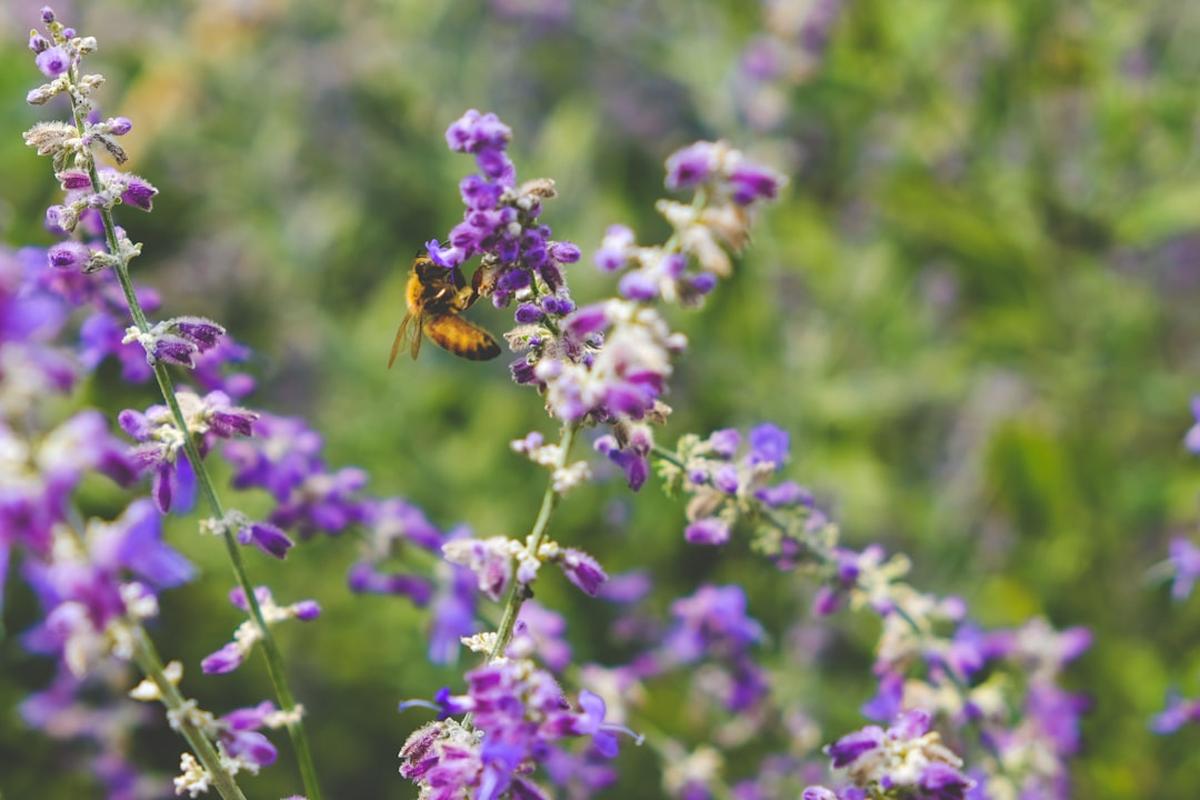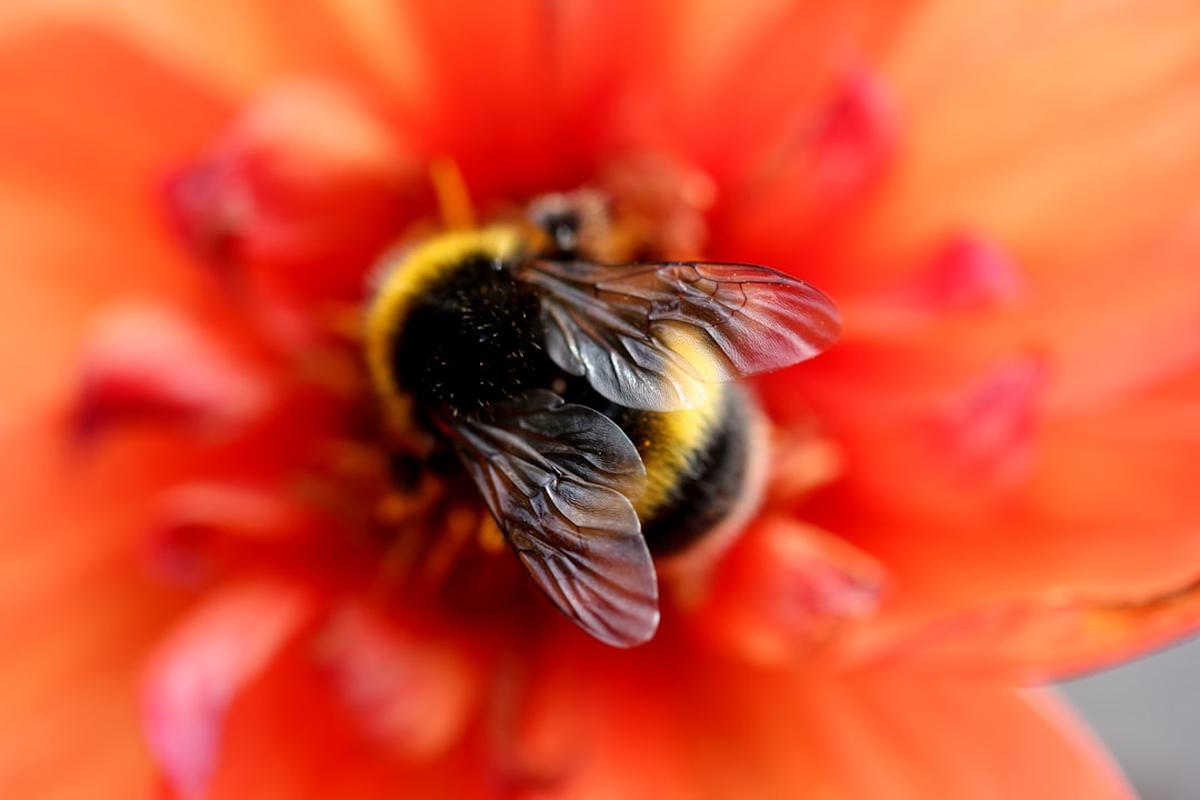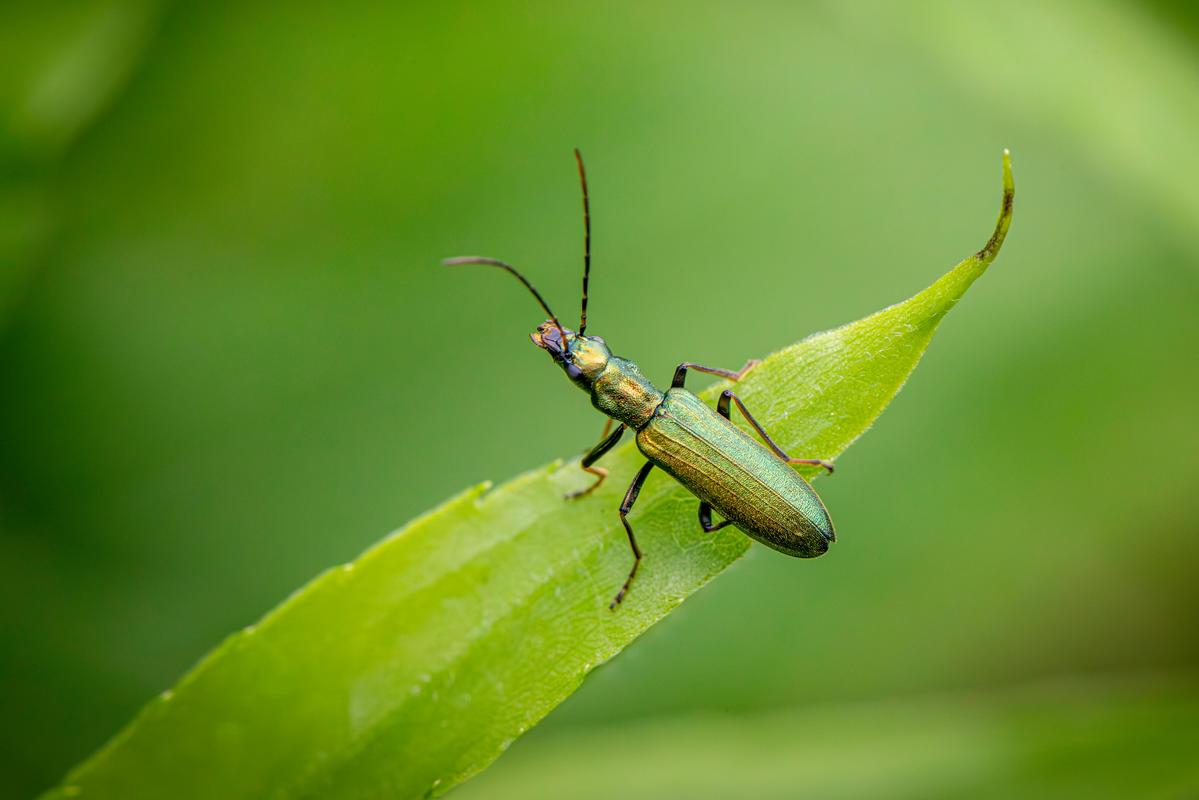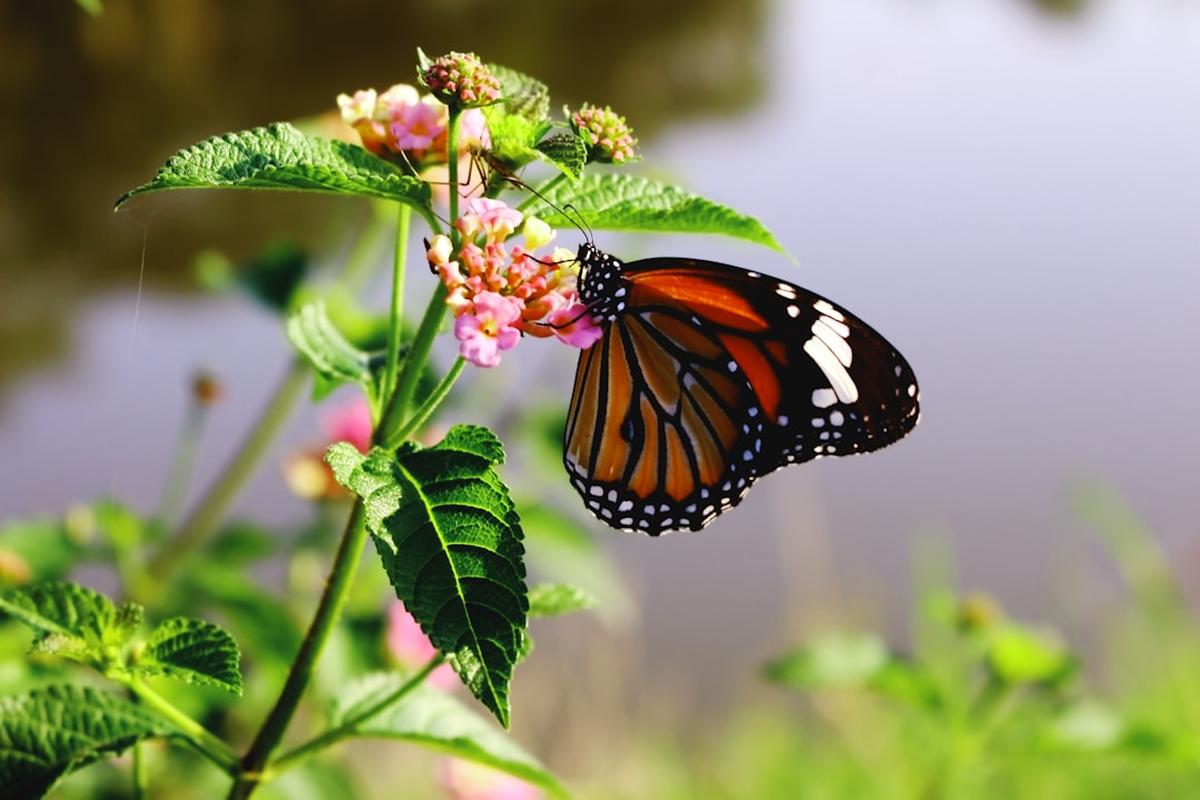What is Biodiversity? An In-Depth Explanation
Biodiversity is the amazing variety of life that makes up our planet, including all the different species, ecosystems, and the complex relationships that support them. This interconnected web of life isn’t just a bunch of individual organisms, but a dynamic system that is essential for our existence.
At its core, biodiversity shows us the wide range of life on Earth, from tiny microbes in the soil to the tall trees in our forests. Every species, no matter how small, plays a crucial role in keeping our ecosystems in balance. These ecosystems give us important services like clean air and water, climate regulation, and food and medicine.
But biodiversity is in danger. Habitat loss, using resources unsustainably, and climate change are all causing harm, with around 80% of the world’s species still unknown to us. The effects of this biodiversity crisis are serious, as losing even one species can have a big impact on the whole ecosystem.
Luckily, there is hope. Conservation efforts, like creating protected areas and fixing damaged habitats, are making a real difference. By understanding how people and nature are connected, and making decisions based on evidence, we can protect the amazing variety of life on our planet.
Each of us has a part to play in this. Whether it’s through our own actions, community projects, or pushing for policy changes, we can help ensure that this incredible tapestry of life continues to thrive, not just for us, but for future generations. 1 2
 Photo by Scotty Turner on Unsplash
Photo by Scotty Turner on Unsplash
The Importance of Biodiversity: Why It Matters
The natural world is like a big puzzle of connections, where each piece represents a different species that plays a part in keeping our planet in balance. Biodiversity, the amazing variety of life on Earth, isn’t just a bunch of plants and animals - it’s the foundation that our very existence relies on.
Vietnam, one of the most diverse countries in the world, is a great example of this important ecosystem. With around 50,000 species of plants and animals, this Southeast Asian nation shows us just how diverse life can be. But this treasure trove of biodiversity is in danger, with up to 21% of mammal species, 6.5% of birds, 19% of reptiles, 24% of amphibians, 38% of fish, and 2.5% of vascular plants at risk of disappearing.
Endangered species like the Pangolin, Pygmy Slow Loris, and Indochinese Tiger aren’t just cool animals - they’re important parts of the web of life. Their decline doesn’t just make our planet less rich, but also puts at risk the balance that keeps us all going. As the Global Discovery Expeditions program has shown, every new species found is a reminder of the wonders of the natural world and a call to protect it.
Protecting biodiversity isn’t just something we should do for the environment - it’s something we need to do for moral and economic reasons. By investing in nature-based solutions and promoting sustainable practices, we can not only create millions of new jobs but also make sure our planet can keep going strong in the long run. The road ahead might be tough, but the benefits of a thriving, diverse ecosystem are huge. It’s time to listen to nature and understand how important biodiversity is, for our planet and all its inhabitants. 3 4
 Photo by Sandy Millar on Unsplash
Photo by Sandy Millar on Unsplash
How Biodiversity Impacts Our Planet’s Health
Biodiversity is the foundation of our planet’s health. It’s the complex web of life that supports us all, from tiny microorganisms to the largest creatures on Earth. When we lose biodiversity, we put at risk the systems that give us clean air, fresh water, and healthy food.
A report from the Harvard T.H. Chan School of Public Health shows a troubling reality: we are losing nature every day worldwide, which harms ecosystems crucial for our well-being. This ongoing damage is especially concerning when we think about how nearly 80% of the global population relies on natural remedies for basic health issues. As biodiversity decreases, we face the possibility of losing potential medical treatments from the plants and animals we’re losing.
The connection between biodiversity and human health is crucial. Pollutants and diseases are often dealt with separately, leading to limited coordination. This gap can have serious consequences, as the report indicates that hospital pollution can harm nearby ecosystems and cause long-term health problems. Closing this divide is essential to tackle the challenges posed by biodiversity loss.
- Diverse ecosystems are better able to handle disturbances like disease outbreaks, climate change, and natural disasters.
- Over 120 important drugs used worldwide come from plants, showing why it’s vital to protect biodiversity.
- Forests, oceans, and other ecosystems help regulate the Earth’s climate by absorbing carbon dioxide.
- Destroying habitats and breaking them up are major reasons for biodiversity loss, pushing animals to extinction by destroying their homes.
Protecting biodiversity isn’t just about the environment; it’s about human survival. As we deal with the interconnected issues of climate change, pollution, and new pandemic threats, safeguarding the variety of life on our planet should be a top priority. By understanding the crucial role biodiversity plays in supporting our health and well-being, we can take meaningful steps to preserve the delicate balance that keeps our world thriving. 5 6
Protecting Biodiversity: Steps We Can Take to Preserve It
Preserving the rich variety of life on our planet is not just a big idea, but really important. Biodiversity, the complex web of species that make up our ecosystems, is the foundation of our existence. From the air we breathe to the food we eat, the health of our planet’s biodiversity is closely tied to our own well-being.
Think about the humble bee, a key species responsible for pollinating a third of the world’s crop production. As varroa mites increasingly threaten these important pollinators, we need to take action to protect their populations. Planting wildflowers that produce nectar or building bee boxes in our backyards can give these hardworking creatures safe spaces. Similarly, supporting local farmers who use sustainable, organic, or integrated pest management methods helps keep the balance in our agricultural areas.
Outside of the farm, our individual choices can make a big difference. Choosing products with eco-friendly certifications, like the Forest Stewardship Council or Rainforest Alliance, ensures that our purchases don’t harm habitats. Saving local freshwater resources by taking shorter showers and turning off taps can also help keep our aquatic ecosystems healthy.
In the end, preserving biodiversity is not just about the environment, but also about us personally. When we spend time in nature, whether by sticking to hiking trails or just taking care of a backyard garden, we reconnect with the natural world’s rhythms and enjoy the mental and physical benefits that come with it. By embracing these small but meaningful actions, we can all become caretakers of the amazing diversity that supports us. 7 8
 Photo by Erik Karits on Pexels
Photo by Erik Karits on Pexels
References
-
“What Is Biodiversity” - www.amnh.org ↩
-
“Biodiversity 101” - www.nrdc.org ↩
-
“The Importance Of Biodiversity” - greatergood.org ↩
-
“6 Reasons Why Biodiversity Conservation Important” - ccaps.umn.edu ↩
-
“What Is Biodiversity” - www.ifaw.org ↩
-
“6 Ways Preserve Biodiversity” - sustainability.yale.edu ↩
